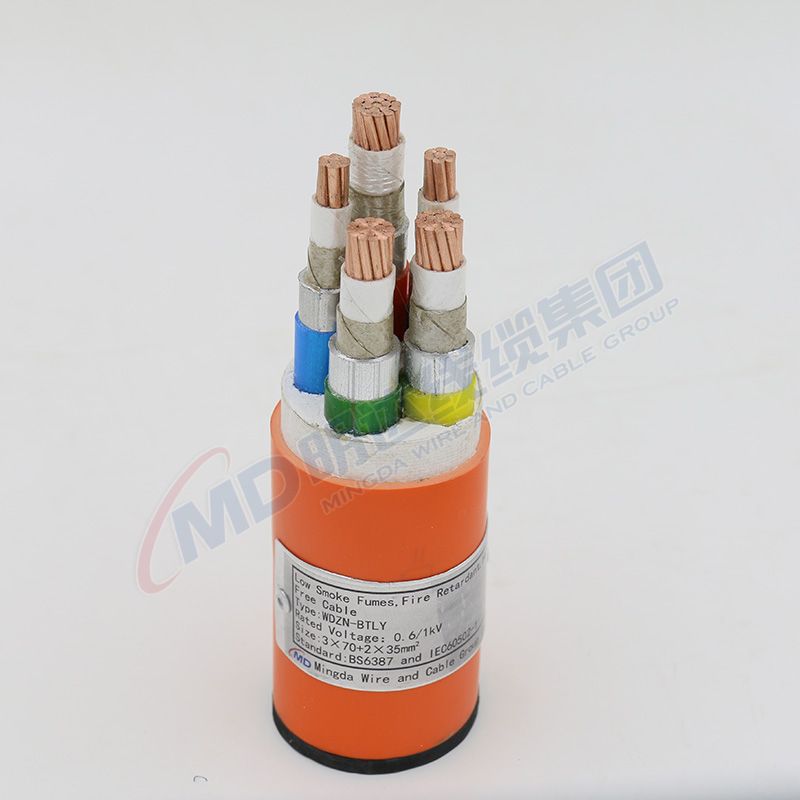Dec . 05, 2024 16:26 Back to list
Understanding the Functionality of Three-Way Ball Valves in Industrial Applications
Understanding the 3-Way Ball Valve Functions, Applications, and Advantages
When it comes to fluid regulation and control in industrial processes, valves play an indispensable role. Among the various types of valves, the 3-way ball valve stands out due to its versatility and efficiency in directing fluid flow. This article delves into the construction, functionality, applications, and advantages of 3-way ball valves.
What is a 3-Way Ball Valve?
A 3-way ball valve consists of a spherical disc with three openings, allowing it to control the flow of liquids or gases in multiple paths. It is designed to manage the direction of flow between two inlet ports and one outlet port or vice versa. The three configurations typically available are L-port and T-port, each serving different applications based on flow requirements.
In the L-port valve, the flow is directed between two paths in a way that creates a 90-degree angle, allowing one inlet to be closed while the other is open. On the other hand, T-port valves provide a straight-through flow, enabling flow from one inlet to the other while also allowing flow to the outlet.
How Does a 3-Way Ball Valve Work?
The operation of a 3-way ball valve is straightforward yet effective. Actuated by a handle or actuator, the internal ball rotates to align its ports with the desired flow path. This rotation allows or restricts the flow of fluids, making it a crucial component in systems requiring control over direction and volume.
The precision of the ball's rotation ensures tight sealing, preventing leaks even under high-pressure situations. The simple mechanism reduces the wear and tear typically seen in more complex valve types, contributing to the longevity of the valve.
3 way ball valve

Applications of 3-Way Ball Valves
3-way ball valves have a wide range of applications across various industries
1. Petrochemical and Oil Industries These valves facilitate the control of flow from storage tanks to processing units, ensuring effective distribution and minimizing losses. 2. Water Treatment Plants They regulate the direction of water flow through different treatment processes, allowing for efficient operation and management of resources. 3. Food and Beverage Industry The sanitary design of 3-way ball valves makes them ideal for controlling flow in food processing systems, ensuring compliance with health and safety regulations. 4. Heating Systems These valves can effectively direct the flow of heating fluids in HVAC systems, helping to maintain desired temperatures and energy efficiency.
Advantages of Using 3-Way Ball Valves
1. Versatility The ability to direct flow in multiple ways makes 3-way ball valves suitable for a variety of applications, from simple to complex systems. 2. Space-Saving Design Conventionally, two separate valves are required for directing flow; 3-way ball valves combine these functions into one, saving valuable space in piping layouts. 3. Durability and Reliability With fewer moving parts compared to other valve types, the risk of failure is reduced, ensuring greater reliability and reducing maintenance needs. 4. Efficient Flow Control The design of the ball provides low resistance to flow, allowing for high flow rates and reducing the energy costs associated with pumping fluids.
5. Easy Operation Manual and automated options for operating 3-way ball valves make them user-friendly, accommodating various control systems and operator preferences.
Conclusion
The 3-way ball valve is a remarkable tool that enhances the efficiency of fluid control in numerous applications. Its effectiveness in managing flow, combined with durability and versatility, makes it a preferred choice in many industries. As technologies advance and the demand for more sophisticated control systems increases, the role of 3-way ball valves will likely grow, further solidifying their importance in industrial processes. With their space-saving design and ease of operation, these valves exemplify the perfect balance of functionality and innovation in fluid control engineering.
Share
-
Reliable Wafer Type Butterfly Valves for Every IndustryNewsJul.25,2025
-
Reliable Flow Control Begins with the Right Ball Check ValveNewsJul.25,2025
-
Precision Flow Control Starts with Quality ValvesNewsJul.25,2025
-
Industrial Flow Control ReliabilityNewsJul.25,2025
-
Engineered for Efficiency Gate Valves That Power Industrial PerformanceNewsJul.25,2025
-
Empowering Infrastructure Through Quality ManufacturingNewsJul.25,2025